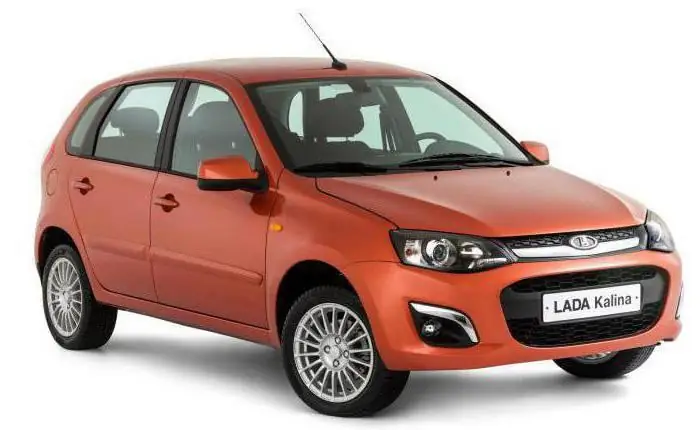2025 Author: Erin Ralphs | [email protected]. Last modified: 2025-01-22 21:14:16
Once upon a time, a cartoon about Funtik and Mrs. Belladonna went on Soviet television for several weeks in a row in the morning, and the image of a kind and obedient pig firmly stuck in the brains of those who watched it. When the Japanese company Toyota launched an advertising campaign for a new model with the slogan "Fun - Car - Go", which can be translated as "fun driving car" or "Fans - car - let's go!", It was also not devoid of he althy humor, but clearly not intertwined with the image of a kind, hardworking pig. And in Russia it got intertwined. And the Japanese car Toyota Funcargo, which was chosen by summer residents, stall owners and other economic personalities, was nicknamed Funtik.
Toyota Funcargo is a compact almost minivan, created on the platform of the Vitz model (better known to us as Toyota Yaris), was made for young people who love group trips or are not devoid of economic inclinations. Its profile with a slightly elongated front end, a massive front bumper and a high minivan rear end easily stands out among cars in general and among "classmates" in particular. Moreover, the wheelbase of the Toyota Funcargo is extended by 130 mm compared toVitz design. Memorable and characteristic of this car is the dashboard block, placed in the middle of the dashboard. This design is close in spirit to Russian owners, as if it suggests: follow the road, not the speed - it will come out cheaper. Overall, the interior is comfortable, roomy, with raised front seats and folding rear seats.

The main task of Funtik, after the ability to comfortably transport passengers and household goods, is the ability to economically handle the owner's wallet, reducing his fuel costs. Leading in this task is the engine with the VVT-i system. An engine cubic capacity of 1.3 liters, or 1.5 liters, determines the Toyota Funcargo's power characteristics of 87 or 110 horsepower, respectively, which means the ability to overtake other "economic" cars, or not "compete with it", and safely transport goods and people. Moreover, as the owners of Funtikov quite rightly note, the presence of an engine of a smaller cubic capacity does not at all contribute to improving the efficiency of the car, as it forces you to use the gas pedal more often to perform the same tasks as the "small-capacity brother".

With regard to the performance of Toyota Funcargo, the reviews of owners from Russia and the CIS countries mainly contain respect for this trouble-free "hard worker". Funtikov owners know that there is a suspension repair, but most of them know it by hearsay. And not everyone knows about the repair of engines by hearsay. True, some complain about the stiffness of the suspension in such a car, overcome only by a large load. They also lament that in all-wheel drive models, owners do not understand when and why both axles are connected.

In general, Toyota Funcargo is a car that, if you have the makings of an economic and economical personality, is able to complete your re-education in this direction. Moreover, depriving the owner of such a car of ordinary and almost daily automotive worries, such as: “something rattled in the suspension again” or “it’s cold tomorrow - how will I start?”
Recommended:
Stability Program is the perfect driver assistant

The exchange rate stabilization system was created in order to ensure the comfortable use of your iron horse and be sure that the situation on the road is not only under your control, but also under the vigilant supervision of the car itself
How to bleed the brakes with and without an assistant

The brake system of a car is practically the most important in its composition, and it plays a key role in driving safety. We rarely notice the work of the brakes, because they have become as common to us as, for example, a TV, refrigerator or other objects that surround us in everyday life
Russian cars: cars, trucks, special purposes. Russian auto industry

The development of the Russian car industry, which in Soviet times became famous thanks to the following cars: Moskvich and Zhiguli, began in the 19th century. Before the emergence of the Union of Republics, the industry got up on its feet several times and immediately fell, and only by 1960 it began to live to the fullest - mass motorization was launched. From the crisis that followed immediately after the collapse of the USSR, with difficulty, but the Russian auto industry got out
Russian tires: characteristics, review. Russian tire manufacturers

Russian tyres: Moscow Tire Plant, OAO Nizhnekamskshina, Yaroslavl tyres. Characteristics, description. Tires for SUVs and passenger cars. Reviews, photo
Russian Mechanics ATVs: vehicles for real Russian off-road

In our review, we will consider the most popular creations of this manufacturer, designed for real Russian off-road

